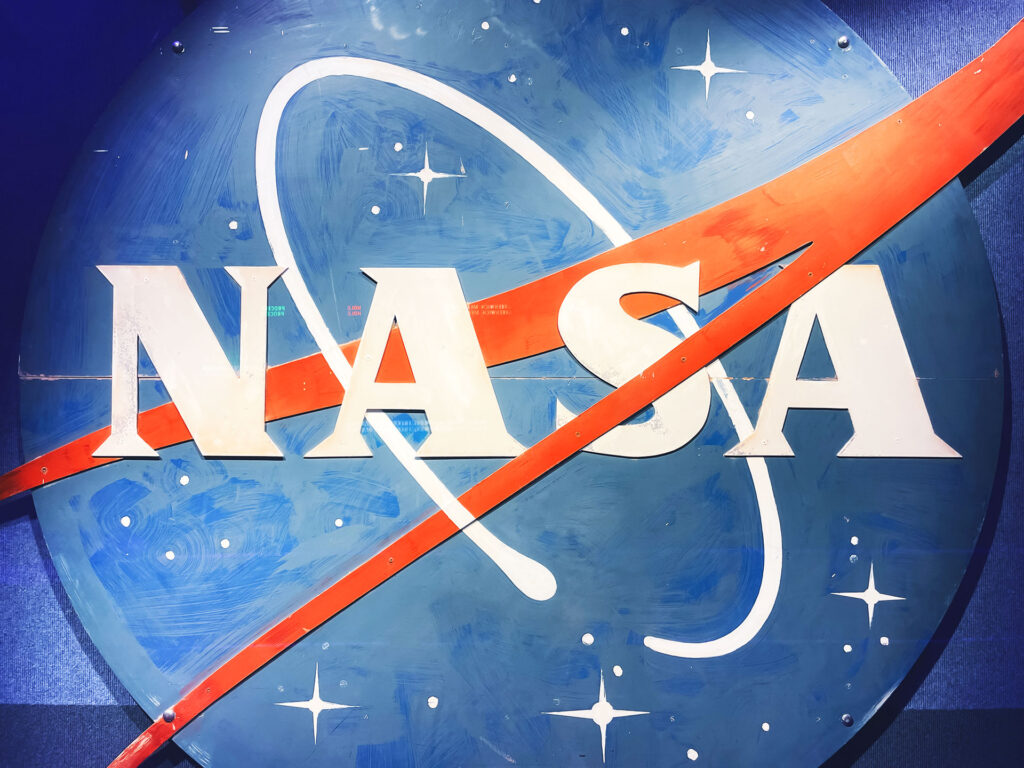
A trait we humans hold is our curious and sometimes restless nature. We as a people have consistently endured countless hardships, be it from sailing unexplored seas, investigating the Antarctic, as well as hurling ourselves into space.
The pursuit of knowledge is a magnetic force drawing us ever forward. The National Aeronautics and Space Administration — NASA — along with its business partners, has created a colossal array of innovative technologies over the decades as a result of their many space missions, which have been customized for use in many public sectors. These commercial products and services have been formulated using NASA expertise, funding and or technology.
In order to aid in focusing on tasks at hand, NASA developed a brain-training technology. The idea came about when it was determined that pilots may be losing their ability to focus when much of their work was automated.
Called Narbis, these Smart Glasses were available for preorder in 2019, for August 2020 shipping. These unique frames can be worn not only by pilots to help train their attention, but are useful for students and others needing to boost their concentration skills as well.
The Smart Glasses deliver bio-feedback to the wearer through the ability of the glasses’ lenses to darken when focus on a given task wanders. Smart Glasses never darken completely, however, for the sake of safety, but just as much as necessary in order to caution the wearer that their attention is wandering.
Professional athletes have found them useful, with the Italian soccer team who won the 2006 World Cup attributing their win to biofeedback and other neuro-feedback training such as that found using Smart Glasses.
Physicians and parents are said to be looking forward to utilizing this technology for children with attention deficit disorder as a non-medication solution to a troubling problem.
Houseplants and AIRY pots
Since houseplants have been proven to help clean indoor air, NASA has developed a way to get the maximum outcome from the air-scouring effects that plants provide.
There are many reasons for putting the special plant pot called AIRY Pot and a larger AIRY Box to use. Life in the International Space Station is one place that safe and breathable air is a necessity. Some of our homes also need a boost of clean air, since it has been determined that the air inside some homes is 30 times more toxic than that of outdoor air due to a variety of household toxins like formaldehyde, and other out-gassing chemicals.
The deceptively simple design of an AIRY Pot is that it contains vents to filter the air directly through the soil. Surprisingly enough, one of the most effective air-purifying parts of a plant is its soil, microorganisms within the soil, and plant’s roots. Their patented plant pot is designed to clean air nearly 100 percent inside a room, within 24 hours, without water spilling out of the pot’s vents. Currently these plant pots are being put to use in offices around the United Kingdom.
Another Earth-friendly NASA innovation is the array of forest recovery tools they have been employing for the past 40 years.
Since 1972 the Landsat satellite data has aided scientists working with the U.S. Forest Service. Landsat has been instrumental in studying the effects of forest recovery after both fires and volcanic activity such as the eruption of Mount St. Helens in 1980. The data calculate and display tree cover and vegetation as it grows back after such events.
Other, related innovations on mapping techniques, according to NASA, is the United States Forest Service’s Remote Sensing Laboratory in McClellan, California. The Forest Service is using special maps produced by the Jet Propulsion Laboratory’s (JPL) Airborne Visible/ Infrared Imaging Spectrometer (AVIRIS) that utilizes images in visible light.
Another JPL instrument, MODIS/ASTER Airborne Simulator (MASTER) views forest fires in thermal infrared light allowing it to sight the heat created in such events. MASTER’s data displays super high-resolution photos in which single trees in a forest are delineated; the more data the better.
Since the prolific and terrible fires cause erosion due to burn-off of stabilizing plants, the maps give an inventory of what a particular area has experienced, identifying both dead and alive areas of the forest. Efforts on these projects at UC Davis, along side non-governmental agencies have helped clear the hazards from wildland fires, cleaned up destroyed timber, and created an inventory of plant life to aid in reforestation plans.







